A brand new paper published by NEMI
 As we know, air temperature varies over years and regions. While some summers can be warmer, others are milder, and the same can happen for the other seasons. This variation is related to natural phenomena that act at a regional and global level, such as El Niño, La Niña, and the North Atlantic Oscillation, among others. Also, it is widely known that temperatures tend to be higher at lower latitudes closer to the Equator and lower at higher latitudes and altitudes. For example, the average annual temperature is higher in northern Brazil (lower latitude) compared to the south (higher latitude). Similarly, annual average temperatures are higher on the Santa Catarina coast (lower altitude) compared to the mountainous region of the state (higher altitude), despite being at the same latitude.
As we know, air temperature varies over years and regions. While some summers can be warmer, others are milder, and the same can happen for the other seasons. This variation is related to natural phenomena that act at a regional and global level, such as El Niño, La Niña, and the North Atlantic Oscillation, among others. Also, it is widely known that temperatures tend to be higher at lower latitudes closer to the Equator and lower at higher latitudes and altitudes. For example, the average annual temperature is higher in northern Brazil (lower latitude) compared to the south (higher latitude). Similarly, annual average temperatures are higher on the Santa Catarina coast (lower altitude) compared to the mountainous region of the state (higher altitude), despite being at the same latitude.
Given that temperature is considered one of the main factors influencing the biology and population dynamics of insects, our group carried out a study recently published in the journal Neotropical Entomology on the spatial and temporal variation in the number of annual generations of insect pests in Southern Brazil. Southern Brazil is the perfect study area for this type of analysis due to its marked climatic heterogeneity.
Our findings showed that location was the main factor influencing the annual number of generations of the studied species. The interannual variation in the number of generations was also influenced by location, being more pronounced in the coldest regions of the study area comprising the mountainous region of Santa Catarina and Rio Grande do Sul states. Our study provides an important contribution to the understanding of spatio-temporal variations in the voltinism of insects, and how temperature changes may increase their population growth. These findings indicate that some regions may be more susceptible to insect pest outbreaks than others.
More information on this subject can be obtained by accessing the full paper here. Soon we will bring more information about the studies developed by our group!

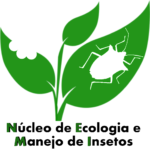





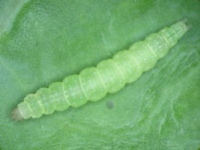
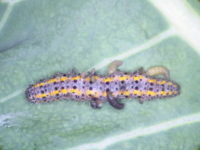
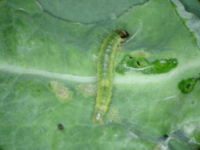
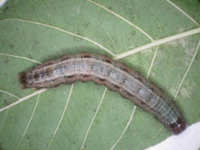
Comments